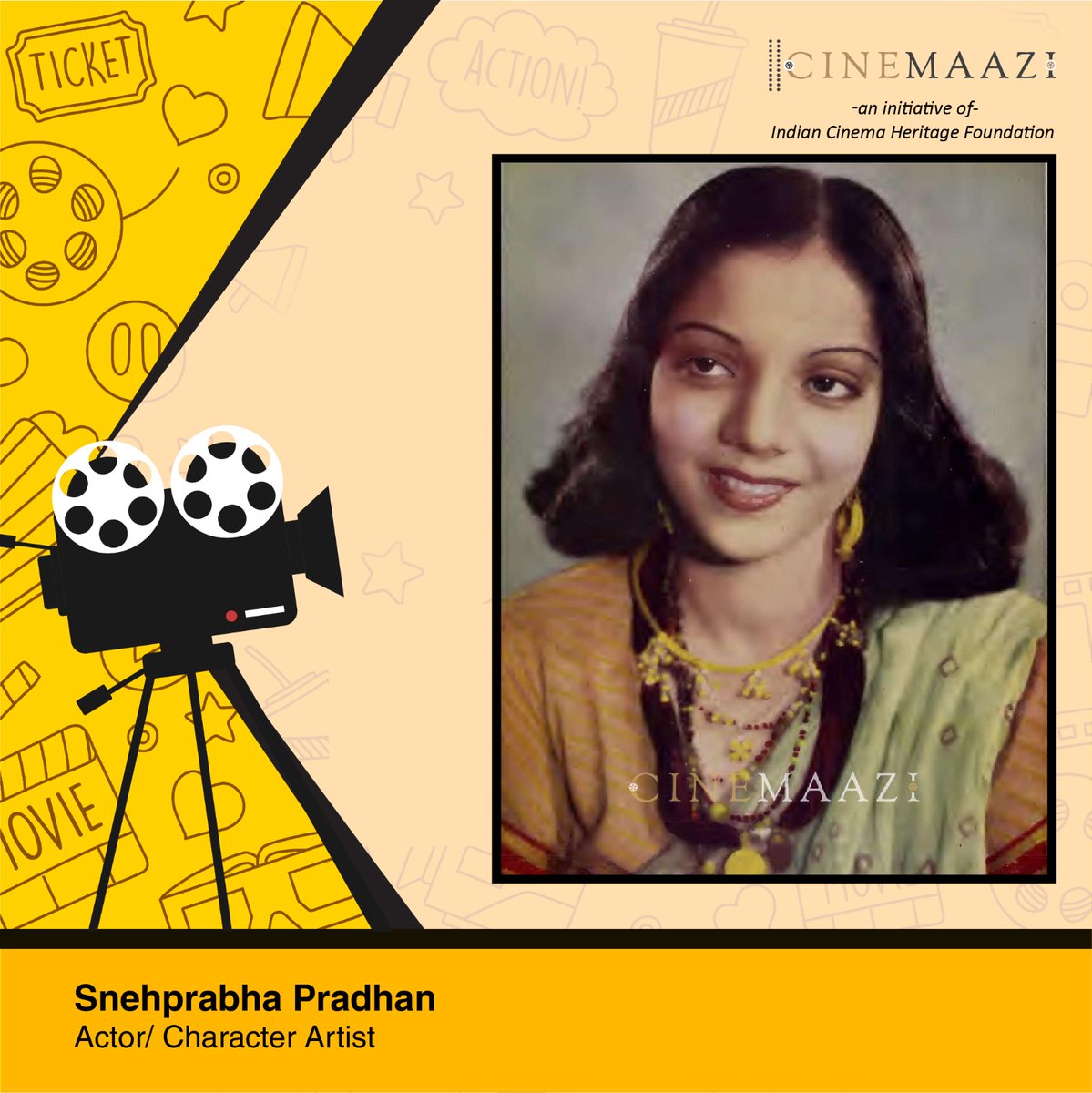Discover and read the best of Twitter Threads about #sabkimaacinema
Most recents (3)
Charismatic and elegant, Motilal reached the heights of his career by playing memorable roles in films such as Silver King (1935), Lagna Bandhan (1936), Jagirdar (1937), and Dr Madhurika (1935). All of these films were box-office hits and, in the later phase of his career, he 

played the iconic conman in SS Vasan’s Mr Sampat (1952), the rakish and debauched Chunnilal in Bimal Roy’s Devdas (1955) and also villainous roles in films such as Paigham (1959) and Anari (1959). After ending his stint with Sagar Movietone, he joined Ranjit Movietone and starred
in Achhut (1940) as a Dalit man, a role he carried out so elegantly that audiences forgot the suave and debonair man whom they had been used to seeing in cinemas. A notable character artist and a multi-talented personality, he also jumped into other aspects of filmmaking and
The notable and versatile actress par excellence, Snehprabha Pradhan has multiple commercial and critical successes in the 1930s and 1940s to her credit. Her debut film was with Sagar Movietone’s Civil Marriage (1940) opposite Harish and Arun. The film was a success and Pradhan’s 

performance was praised. She later acted in films such as Saubhagya (1940) and Punar Milan (1940) in which she gave an endearing performance as a poor street dancer. She went on to act in the K A Abbas-written Naya Tarana (1943) where she played the role of a college-going
liberal student, Kalavati, who believes in the idea of social change through revolution. A leading lady as well as a reputed character artist of Hindi cinema, Snehprabha Pradhan acted in about 17 films through her career.
A notable Muslim social, Chaudhvin Ka Chand (1960) was produced by Guru Dutt after experiencing the disastrous box office performance of Kaagaz Ke Phool (1959). He decided to quit direction altogether after this and ventured into producing films fulltime and asked Mohmmad Sadiq 

to direct this film. The film was made in the time when technicolor was introduced in Indian filmmaking and the film followed the popular trend of those days by shooting the title song Chaudhvin ka chand ho and Dil ki kahani rang laayi hai in colour and the rest of the film in
black and white. It was a commercial success and the soundtrack of the film became especially popular among the audience. As part of our #vigyapankalakriti series, we are sharing with you the original poster of the film.
